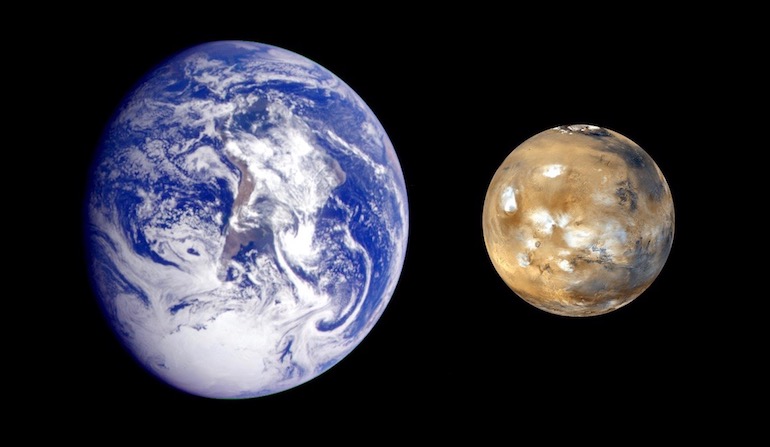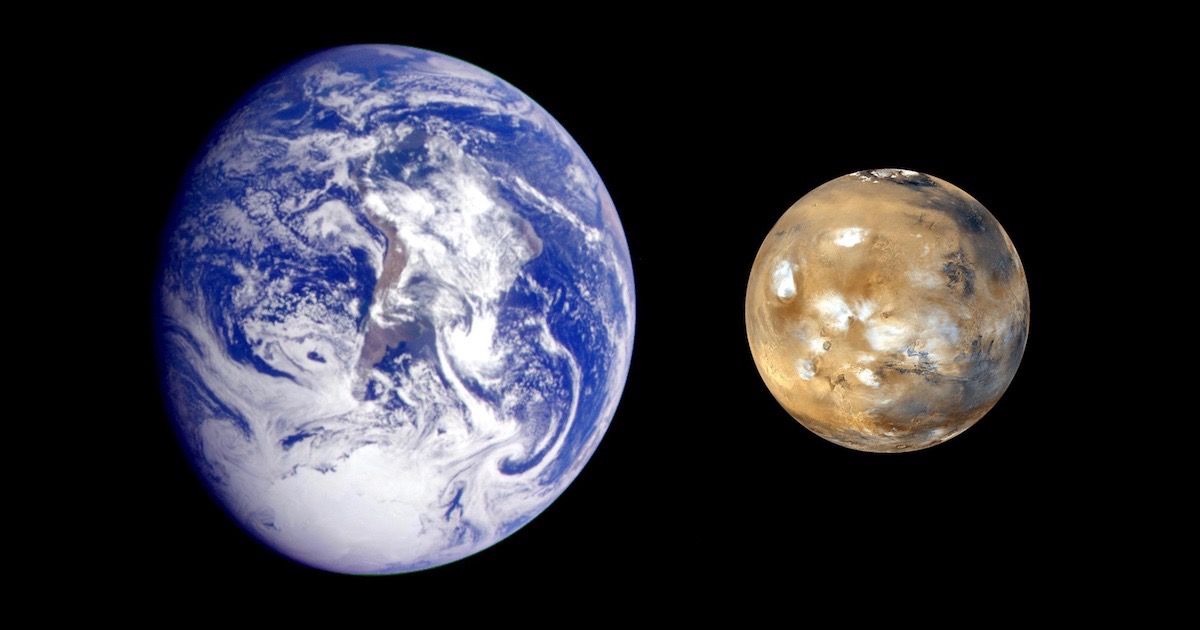 Physics, Earth & Space
Physics, Earth & Space
Plate Tectonics: Why Life Is Served on Plates


Earth’s surface feels like a stationary platform. In fact, it feels so solid and immobile that it took about 2,000 years from the time of Aristotle for astronomers to show otherwise. They were slow to adopt Copernicus’ heliocentric theory, which requires Earth to orbit around the Sun and spin on its axis. Now, not only do we know that our home speeds at 30 kilometers per second around the Sun and a point on the equator moves at 460 meters per second relative to Earth’s center, but we also know that the Solar System hurtles at 220 kilometers per second around the center of the Milky Way galaxy. All these are easy to measure today with astronomical methods.
A Subtler Motion
There is another motion that is much more subtle. The ground under your feet is literally moving. The continents are drifting apart near an average rate of one inch per year. Direct observations of these sluggish motions began about forty years ago with laser pulses reflected off satellites, GPS (more recently), as well as Very Long Baseline Interferometry using radio telescope observations of distant quasars. Continental drift theory was proposed by Alfred Wegener in 1912. Continental drift theory was itself subsumed within plate tectonics theory (last year was its 50th anniversary). Plate tectonics also includes the sub-theories of plate subduction and mid-ocean spreading ridges. Mantle convection keeps everything in motion.
In 1981, James Kasting and two colleagues proposed that plate tectonics is an integral part of an important long-term climate-stabilizing feedback called the carbonate-silicate cycle. This cycle is responsible for removing carbon dioxide from the atmosphere and burying it in the mantle via the subducting plates. Some of the carbon dioxide returns to the atmosphere millions of years later via volcanism; several other chemical elements are also cycled back to the surface and made available to the biosphere (see here and here). In 2000, Peter Ward and Donald Brownlee echoed their ideas in their best-selling book, Rare Earth: Why Complex Life is Uncommon in the Universe.
Building Continents, Promoting Biodiversity
Ward and Brownlee also argued that plate tectonics aids life by building continents and promoting biodiversity by bringing continents together and then separating them again. Our two lifeless planetary neighbors, Mars and Venus, with their nearly pure carbon dioxide atmospheres, offer us test cases to show what happens when plate tectonics doesn’t operate. Given that the Earth is the only planet in the Solar System with plate tectonics and that special conditions might be required for it, Ward and Brownlee also made a case for the rarity of planets with plate tectonics throughout the universe.
Not only does plate tectonics aid life, it now appears that life pays back the compliment. The action of life increases the amount of water subducted into the mantle. Water in the mantle serves as a kind of lubricant, allowing for plate motions. It also lowers the melting point in the mantle, which leads to more volcanism and therefore more continent building. Without life speeding up the weathering at the surface and thus the sedimentation rate on the sea floor, the fraction of the surface covered by continents would be far smaller. This kind of two-way dependency reminds us of the thorny problems Darwinists encounter in attempting to explain the origin of life.
A Near-Ideal Land Fraction
About 40 percent of Earth’s surface is either continents or continental shelves. Most life is found in these regions. The deep oceans, in contrast, are deserts. Given this, biological productivity increases as you increase the fraction of land starting from an ocean world. However, beyond a certain point increasing the land fraction will hurt life. This is because less precipitation will fall on the interiors of the continents. Earth’s land fraction is probably close to the ideal. Simulations suggest that Earth’s land fraction is not a common outcome of planet formation and evolution models.
It is becoming more clear that plate tectonics is also required to generate Earth’s magnetic field. Plate tectonics speeds up the transfer of heat to the surface, and in turn induces convection in the liquid iron outer core. It’s the dynamic outer core that generates the planet-enveloping magnetic field. The magnetic field protects Earth’s atmosphere from excessive erosion from the solar wind and surface life from some of the dangerous cosmic ray particles.
With the astronomical rise in exoplanet discoveries in recent years, astrobiologists have a strong motivation to determine their habitability. That includes establishing the conditions required for plate tectonics and whether alternate modes of planetary interior dynamics can also provide for habitable conditions. The main alternative to plate tectonics is called stagnant lid tectonics.
Stagnant Lid Tectonics
A planet with stagnant lid tectonics has a lithosphere consisting of a single plate overlying the mantle. In this case no parts of the lithosphere subduct down into the mantle, the way they do on Earth. Mars and Venus have stagnant lids. What’s more, Venus is said to be in the episodic regime, wherein subduction occurs rarely or sporadically. Apparently, Venus experienced a catastrophic event less than one billion years ago when the entire surface subducted into the mantle. We don’t know what the surface of Venus was like before then, but it is hellish today.
Recently, some astrobiologists have been trying to learn whether stagnant lid planets can be habitable. One study tracked the mantle thermal, volcanic, and climate evolution in models for several billions of years. While some of their modelled stagnant lid planets can have long-lived habitable conditions (defined solely by the presence of liquid water at the surface), they have very high levels of carbon dioxide. By this criterion alone, such planets would not be habitable for complex life, which requires low carbon dioxide and high oxygen in the atmosphere.
Another study determined that the carbonate-silicate cycle can operate on stagnant lid planets for a few billion years as long as their volcanic activity is continuously active (along with other uncertain assumptions). Of course, when you consider the other benefits to life of planets with plate tectonics that stagnant lid planets lack, it is still the case that the former are more habitable than the latter.
Photo: Fertile Earth juxtaposed with barren Mars, via NASA/JPL-Caltech.
